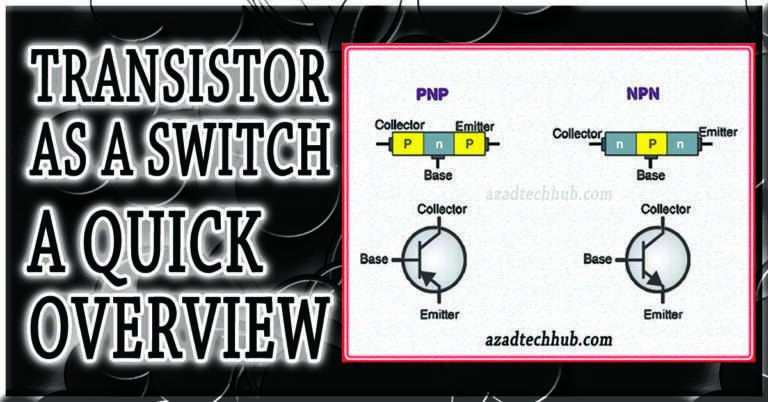ESP32 WROOM Dev Mod Pinout: A Comprehensive Guide
Understanding ESP32 WROOM Dev Mod Pinout Essentials
The ESP32 WROOM development module has become a favorite among makers and professionals alike, offering an impressive array of pins and capabilities. Let’s dive into everything you need to know about the ESP32 WROOM dev mod pinout and its features.

Table of Contents
ESP32 WROOM Dev Mod Pinout: Basic Overview
The ESP32 development board comes packed with 38 pins that provide incredible flexibility for your projects. These pins serve various purposes, from basic GPIO operations to specialized functions like analog input, communication protocols, and power delivery.
Key Pin Configurations and Functions
The board features several essential pins that you’ll frequently use in your projects:
- Power Pins:
- 3.3V output
- 5V input
- GND (Ground) pins
- EN (Enable) pin for reset functionality
- GPIO Pins:
- 34 programmable GPIO pins
- Multiple analog-capable pins
- Built-in LED connection
- Digital input/output capabilities
Essential ESP32 Pin Features
Digital Pins and Their Capabilities
The ESP32’s digital pins offer versatile functionality:
- Operating voltage: 3.3V
- Maximum current: 40mA per pin
- Digital input/output support
- PWM capability on most pins
- Interrupt support
Built-in LED and Common Pin Uses
The ESP32’s onboard LED is a favorite feature for beginners. Connected to GPIO 2, this LED serves as an excellent testing point for your first projects. Here’s what you need to know about the ESP32 built-in LED pin:
- GPIO 2: Onboard LED (active HIGH)
- Simple to program
- Perfect for testing and debugging
- Commonly used in blink examples
Technical Insights and Ratings
Pin Reliability Ratings (Out of 10):
- Power Pins: 9.5/10
- GPIO Pins: 9/10
- Analog Pins: 8.5/10
- Communication Pins: 9/10
Special Function Pins
The ESP32 WROOM module includes several special-purpose pins:
- GPIO 0 (Boot Pin):
- Used for programming mode
- Pull-down during boot for flashing
- Normal operation when floating or pulled up
- EN Pin (Reset):
- Active-low reset
- Pull-up resistor included
- External reset button connection
- UART Pins:
- GPIO 1 (TX)
- GPIO 3 (RX)
- Used for programming and serial communication
Common Use Cases and Pin Selection
When working with the ESP32, certain pins are preferred for specific applications:
- Digital Input/Output:
- GPIO 2 (Built-in LED)
- GPIO 4, 5, 12, 13, 14, 15
- Best for general-purpose use
- Analog Input:
- GPIO 32-39
- ADC capability
- Better noise immunity
- Communication Protocols:
- I2C: GPIO 21 (SDA), GPIO 22 (SCL)
- SPI: GPIO 18, 19, 23
- UART: GPIO 1, 3
Practical Tips for ESP32 Pin Usage
Best Practices
- Voltage Considerations:
- Never exceed 3.3V on GPIO pins
- Use level shifters when interfacing with 5V devices
- Monitor current draw on multiple pins
- Pin Selection Guidelines:
- Avoid using strapping pins when possible
- Use dedicated communication pins for protocols
- Consider noise immunity for analog inputs
Troubleshooting Common Issues
- Power-related Problems:
- Check EN pin connections
- Verify power supply stability
- Monitor brownout detection
- GPIO Issues:
- Verify pin assignments
- Check for conflicting uses
- Ensure proper voltage levels
Optimizing Your ESP32 Pin Usage
Advanced Features and Considerations
The ESP32 WROOM dev mod offers advanced features through its pin configuration:
- Touch Sensors:
- Multiple touch-sensitive pins
- Great for interactive projects
- Built-in noise filtering
- Hall Effect Sensor:
- Internal sensor available
- No external pins required
- Useful for magnetic field detection
Future-proofing Your Designs
When planning your ESP32 projects:
- Reserve Essential Pins:
- Keep programming pins accessible
- Plan for future expansion
- Document pin assignments
- Consider Alternative Pin Functions:
- Multiple pin options for protocols
- Backup pin assignments
- Flexibility in design
The ESP32 WROOM dev mod pinout offers exceptional flexibility and functionality for your projects. By understanding the pin configurations and following best practices, you can create reliable and efficient designs. Remember to always verify pin compatibility and voltage levels before connecting external components, and keep the documentation handy for reference.
Worth Read Posts
Follow us on LinkedIn”Electrical Insights” to get the latest updates in Electrical Engineering. You can also Follow us on LinkedIn and Facebook to see our latest posts on Electrical Engineering Topics.
ESP32, #ESP32WROOM, #DevBoard, #Microcontroller, #PinoutGuide, #IoTDevelopment, #EmbeddedSystems, #Arduino, #ESP32Projects, #CircuitDesign, #ESP32Tutorial, #IoTDevices, #MicrocontrollerProgramming, #ESP32Board, #WirelessCommunication




